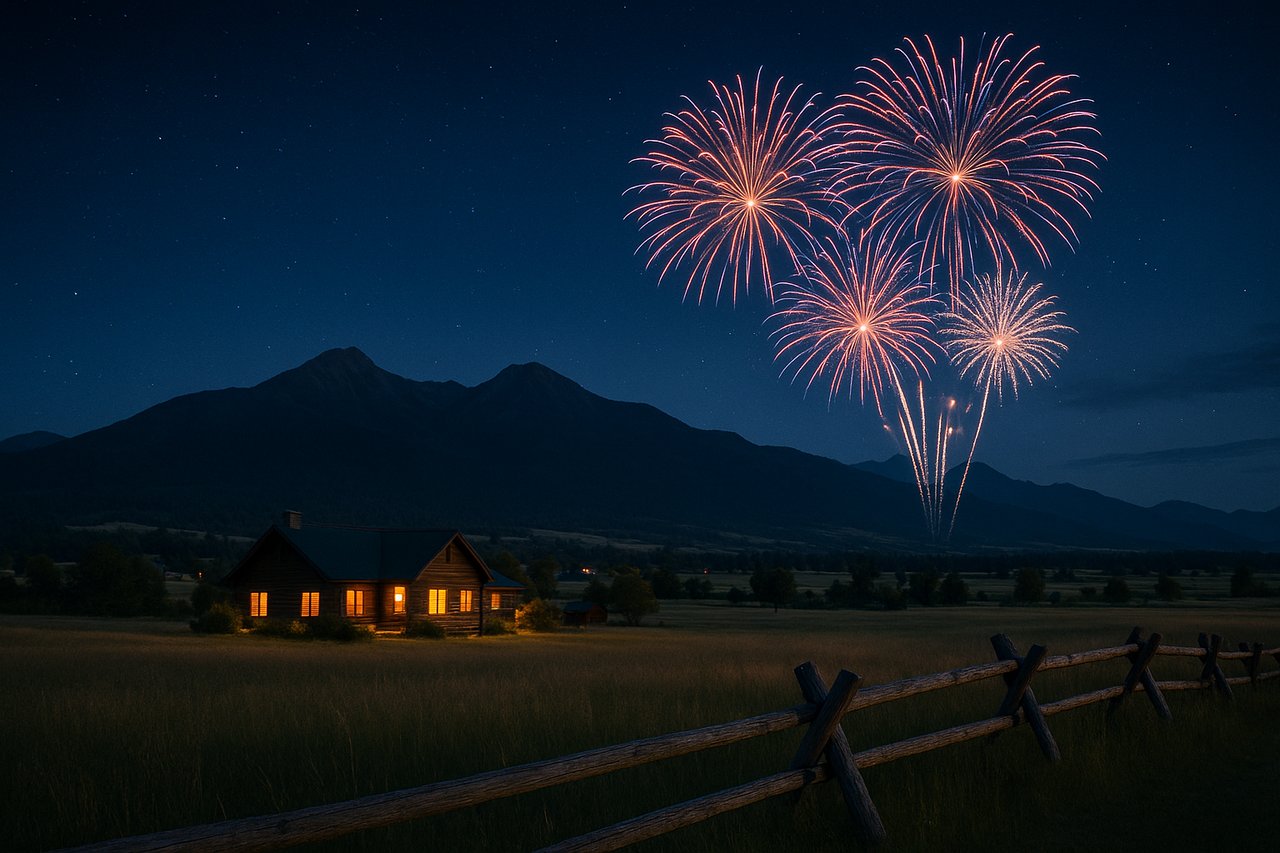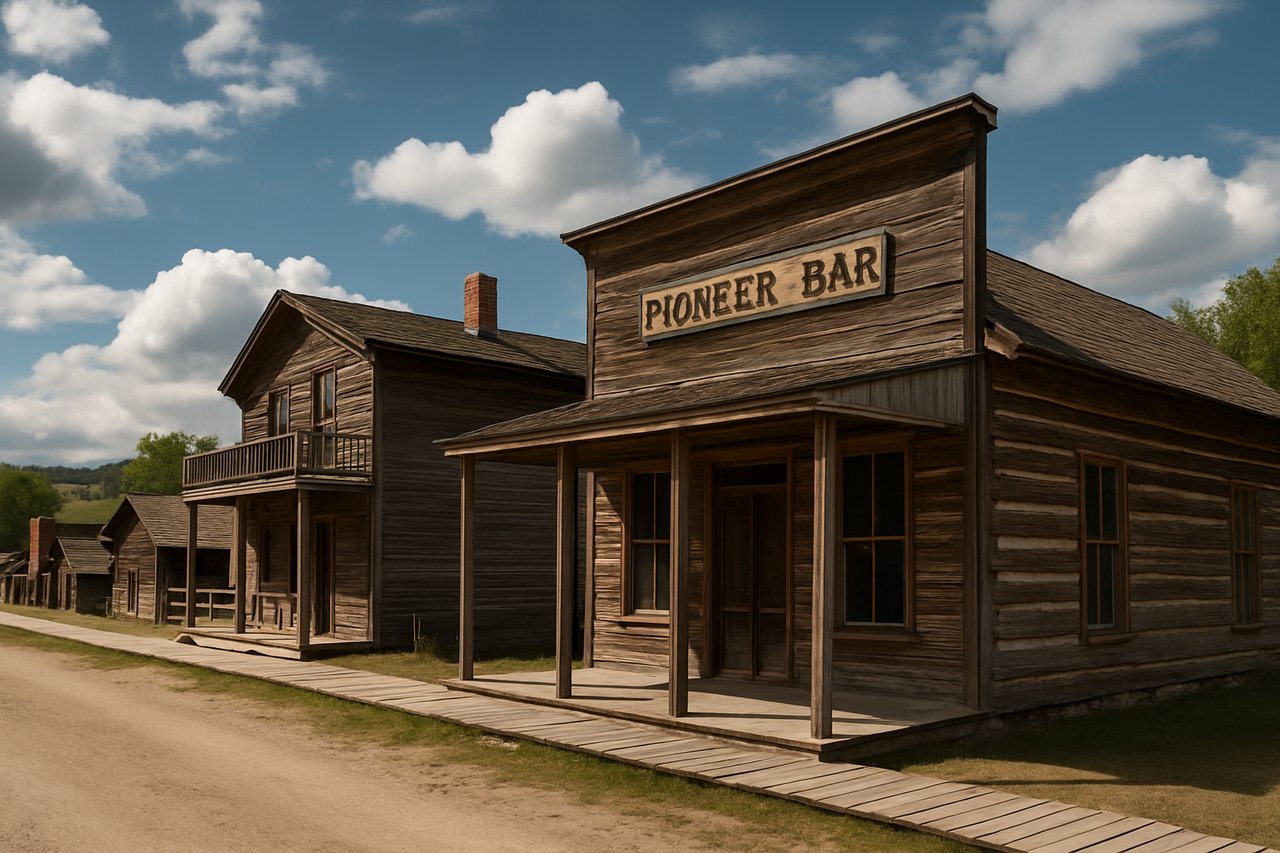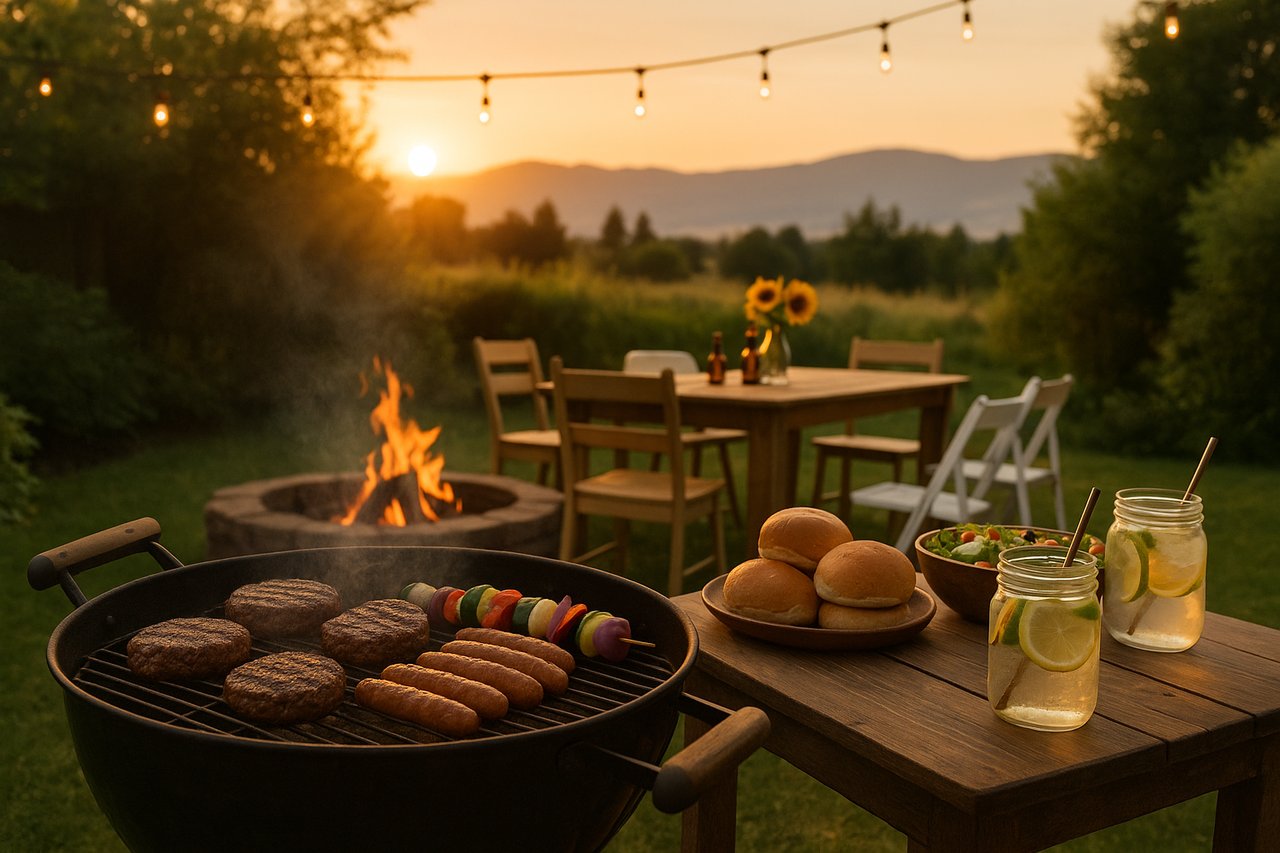Summer in Montana brings long, sunny days and warm temperatures, making it the perfect time to nurture your yard and garden. Whether you’re an experienced gardener or just starting, these tips will help you keep your outdoor space thriving throughout the summer months in the unique Montana climate.
1. Watering Wisely
Watering is crucial during the hot summer months, but it’s important to do it right to conserve water and keep your plants healthy.
Early Morning or Late Evening: Water your garden early in the morning or late in the evening to reduce evaporation and allow plants to absorb water effectively. Montana's high elevation and dry air make this especially important.
Deep Soaking: Instead of frequent shallow watering, opt for deep soaking. This encourages roots to grow deeper, making plants more drought-resistant, which is essential in Montana's often arid summer conditions.
Drip Irrigation: Consider using drip irrigation systems or soaker hoses to deliver water directly to the roots, minimizing water waste. These methods are particularly effective in Montana's varied landscapes, from the plains to the mountains.
2. Mulching Magic
Mulch is a gardener’s best friend, especially in the summer.
Retain Moisture: Apply a layer of mulch around your plants to help retain soil moisture, reduce evaporation, and keep roots cool. In Montana's semi-arid regions, this can significantly reduce the need for frequent watering.
Weed Control: Mulch also helps suppress weeds, reducing competition for water and nutrients in your Montana garden.
Organic Matter: Use organic mulches like straw, wood chips, or compost, which decompose over time and enrich the soil, enhancing the natural fertility of Montana's soil.
3. Feeding Your Plants
Summer is a time of rapid growth, so your plants need plenty of nutrients.
Balanced Fertilizer: Use a balanced fertilizer to provide essential nutrients. Slow-release fertilizers are a great option for steady nourishment throughout Montana's growing season.
Compost: Incorporate compost into your soil to improve its structure and fertility. Montana gardeners can take advantage of locally produced compost to enhance their soil quality.
Regular Feeding: For flowering plants and vegetables, consider bi-weekly feeding with a water-soluble fertilizer to support continuous blooming and fruiting, vital for Montana's shorter growing season.
4. Pruning and Deadheading
Keep your garden looking neat and encourage healthy growth through regular pruning and deadheading.
Remove Spent Blooms: Deadhead flowers to promote new blooms and prevent plants from using energy to produce seeds, which is particularly useful for maximizing the blooming period in Montana's summer.
Prune Shrubs: Prune shrubs and perennials to maintain their shape and remove any dead or diseased branches, ensuring they thrive in Montana's variable weather.
Pinch Back Growth: For bushier plants, pinch back the tips of new growth to encourage branching, which can help plants withstand Montana's windy conditions.
5. Pest and Disease Management
Summer can bring an increase in pests and diseases. Keep an eye out and act quickly to protect your garden.
Regular Inspections: Check your plants regularly for signs of pests or disease. Early detection is key to effective management, especially with Montana's diverse range of wildlife and insects.
Natural Solutions: Use natural pest control methods, such as introducing beneficial insects, using neem oil, or making homemade sprays from ingredients like garlic and soap, which are effective and safe for Montana's ecosystem.
Healthy Plants: Maintain plant health through proper watering, feeding, and spacing to reduce the risk of disease, ensuring they are resilient against Montana's unpredictable summer weather.
6. Local Plant Recommendations
Choose plants that thrive in Montana’s unique climate for a successful summer garden.
Native Plants: Incorporate native plants that are adapted to local conditions and require less maintenance. Examples include Rocky Mountain penstemon, Lewisia, and blanketflower.
Drought-Tolerant Varieties: Select drought-tolerant plants like sagebrush, yarrow, and Russian sage that can handle periods of dry weather typical in many parts of Montana.
Perennials: Consider perennials such as coneflower, lupine, and columbine that return year after year, providing lasting beauty with less effort and are well-suited to Montana's climate.
Enjoy Your Montana Summer Garden
With these tips, you can create a vibrant and healthy garden that flourishes all summer long in Montana. Remember, gardening is a journey, and each season offers new opportunities to learn and grow. Enjoy the process and the beauty of your Montana summer garden!











